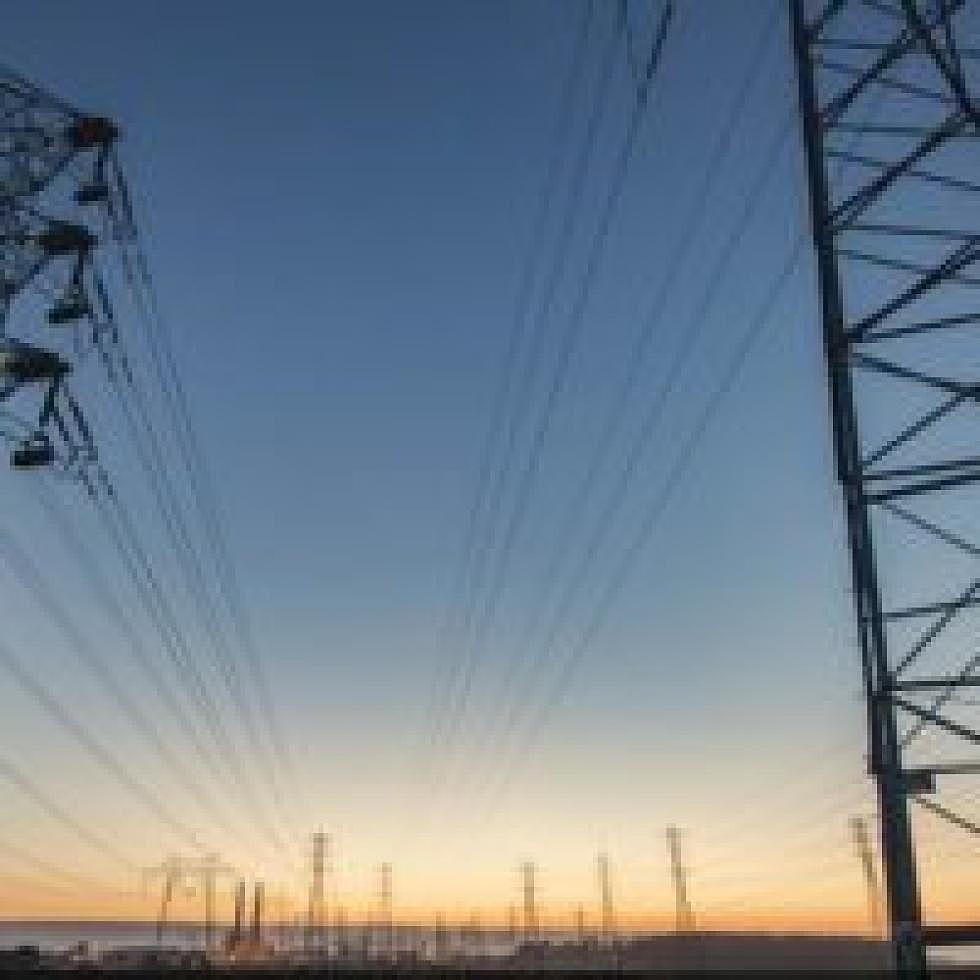
Book by UM prof explores energy sprawl, solutions
A growing energy footprint requires careful thought about our world’s energy mix, but even a renewable energy future is not necessarily a green one.
While essential to combat climate change, the transition to renewable energy risks trading one crisis for another: climate change for energy sprawl – the amount of land needed to produce energy.
Many renewable energy sources have a large footprint which can threaten biodiversity and conservation. With rising energy demands around the world expected to convert one-fifth of remaining natural lands, is it possible to balance energy development with biodiversity protection?
A new book titled “Energy Sprawl Solutions: Balancing Global Development and Conservation” provides a roadmap for an energy future that conserves functional and connected ecosystems.
The book was edited by David E. Naugle, a large-scale wildlife ecology professor at the University of Montana and Joseph M. Kiesecker, the lead scientist for The Nature Conservancy’s Conservation Lands Team in Fort Collins, Colorado.
They show a key to success is identifying the right energy mix and where to place it. This common-sense solution involves identifying and preemptively setting aside land where biodiversity should be protected while consolidating energy development in areas with lower conservation value.
Informed by experts in diverse fields such as conservation, ecology, ecosystem services, landscape planning, energy, economics, finance and more, this contributed volume calls for a collaborative approach that engages industry, the environmental community, national governments and international agencies.
After laying out the challenges of balancing conservation with energy security, case studies show best practices for sustainable energy development. Highlighting different energy sectors and countries around the world, emerging models for comprehensive energy planning include:
· - Identification of “solar energy zones” in the United States, which have encouraged cross-agency collaboration and reduced project permitting time by more than half;
· - The Reventazón hydropower project in Costa Rica, which compensates for project impacts on the Reventazón basin by applying offsets to rivers with similar natural characteristics;
· - National support of landscape-scale planning to guide coal, mineral, and oil and gas energy project siting in Mongolia, as well as the establishment of protected areas that support both nomadic livelihoods and wildlife.
Illustrated with maps, charts and tables, “Energy Sprawl Solutions” is an indispensable guide for elected officials, industry representatives, natural resource managers, environmental groups and more. Humans already have the tools necessary to forecast where and how energy development should take place to protect natural spaces. With this book, Kiesecker and Naugle show how.
